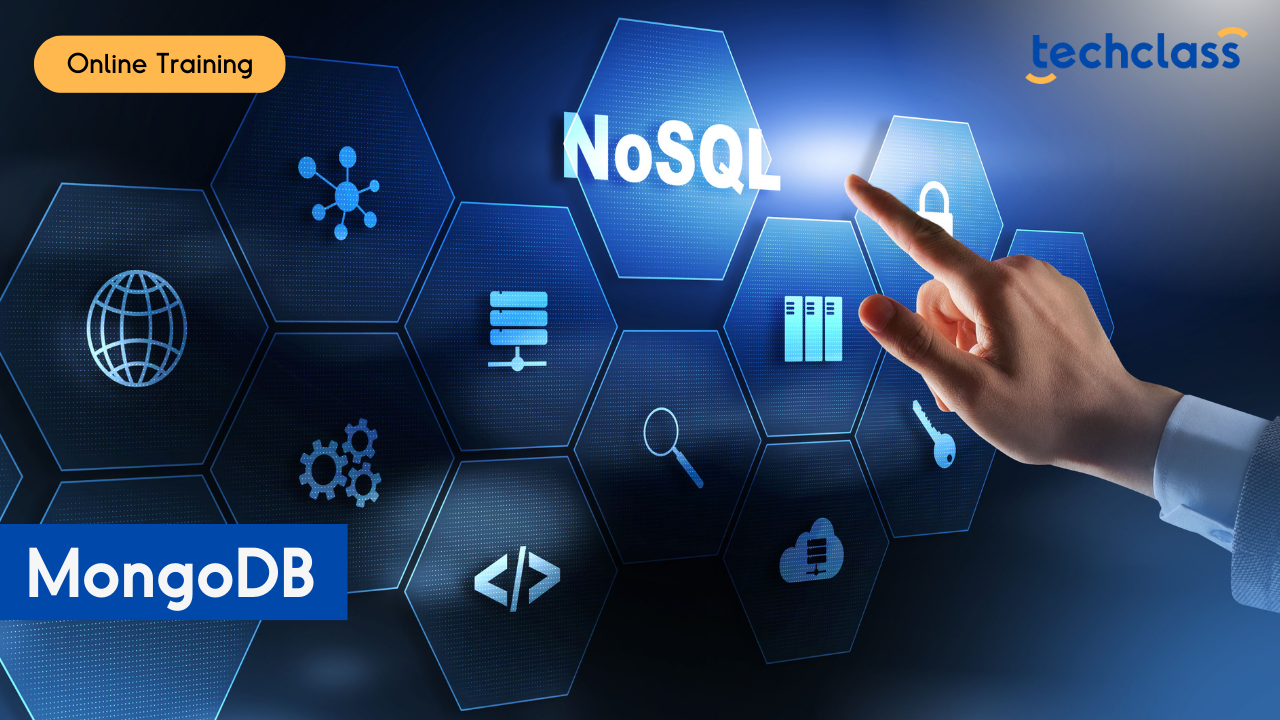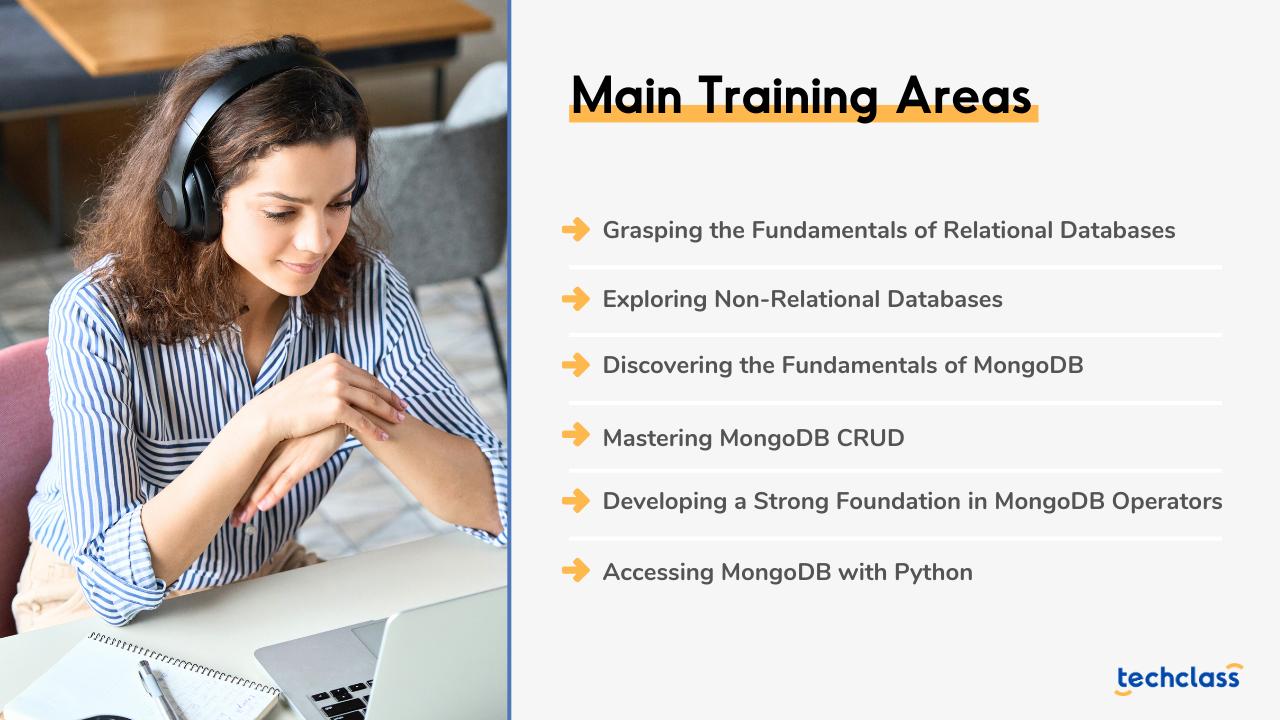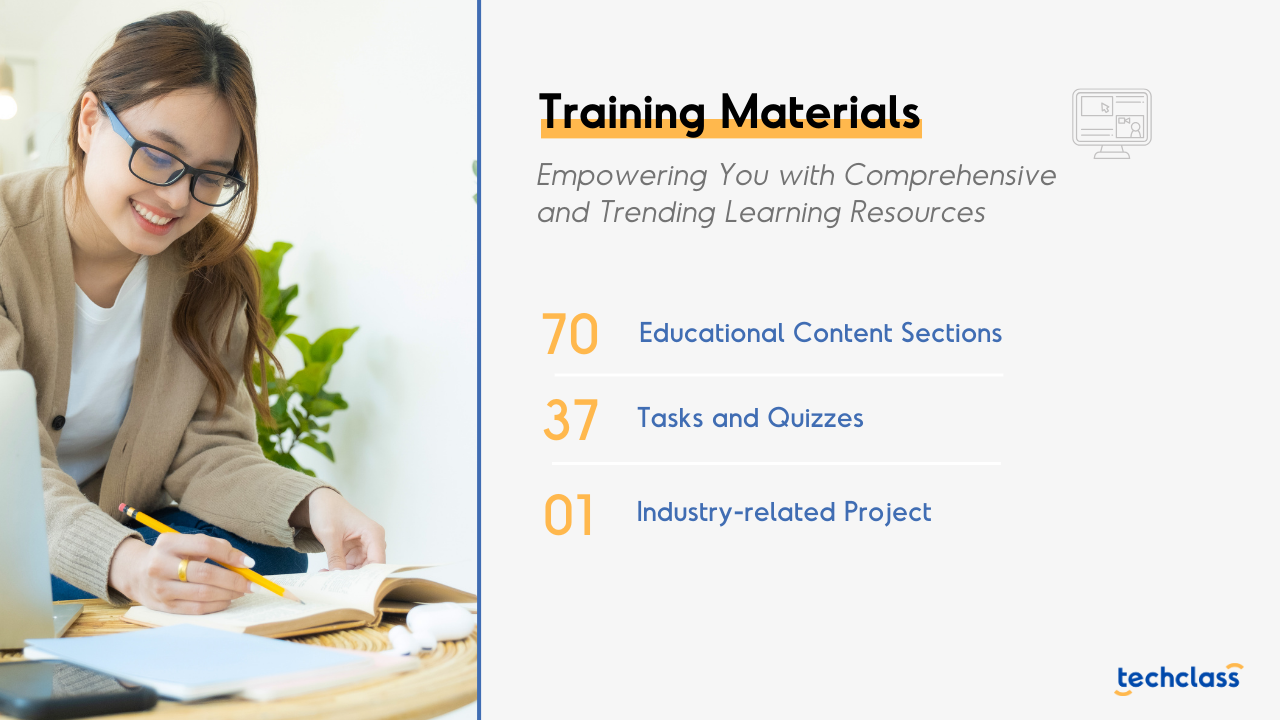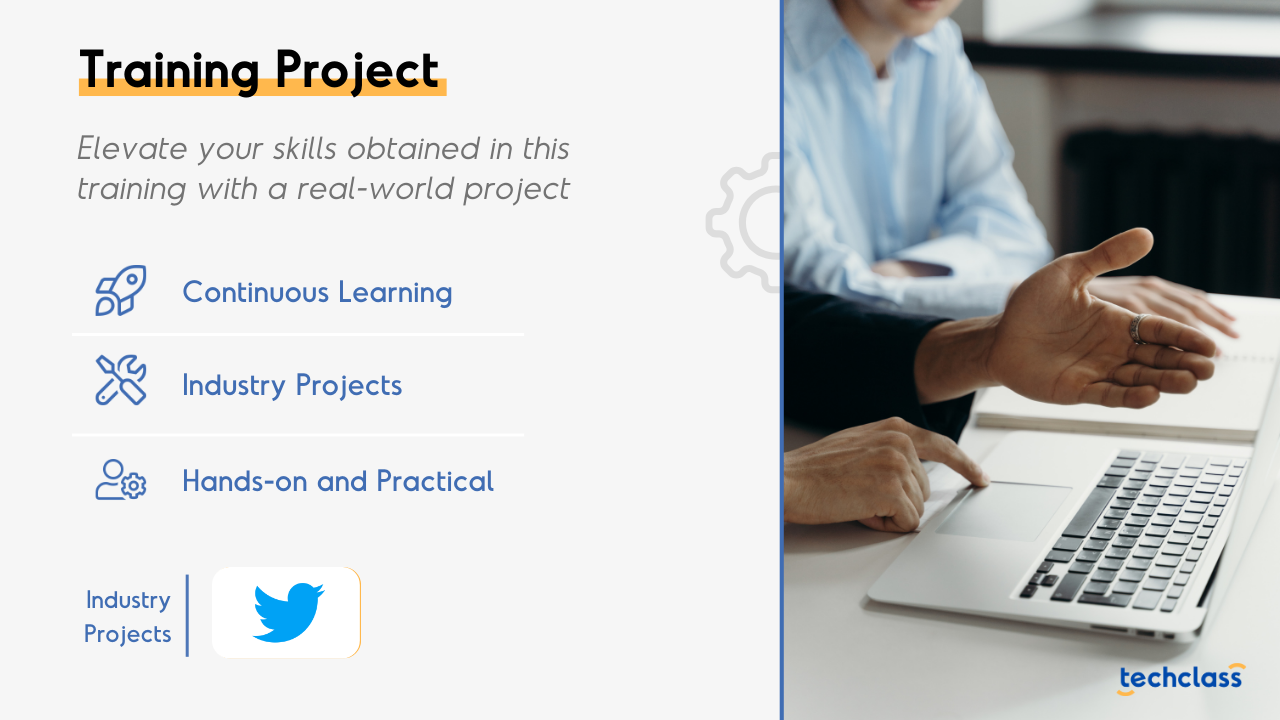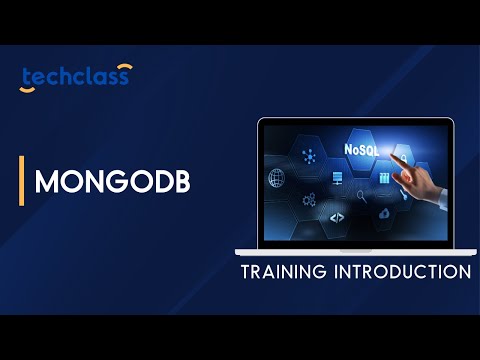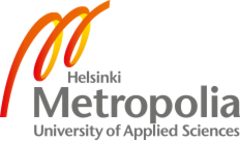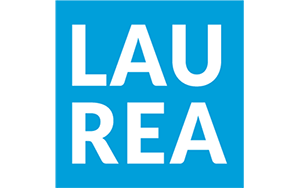Description
About the Training
Unlock the power of MongoDB with this dynamic training designed to offer you a solid foundation in databases, including relational and non-relational types. Learn about the pros and cons of each type and delve into MongoDB, its shell, and the popular GUI, Compass. Develop expertise in creating and deleting MongoDB databases and hone your skills in performing CRUD operations on records.
Get hands-on experience with MongoDB operators and learn how to transform a collection into a Pandas DataFrame for efficient data manipulation and analysis.
Main Training Areas
- Grasping the Fundamentals of Relational Databases
- Exploring Non-Relational Databases
- Discovering the Fundamentals of MongoDB
- Mastering MongoDB CRUD
- Developing a Strong Foundation in MongoDB Operators
- Accessing MongoDB with Python
Training Audiences
- Software developers seeking to expand their skillset and leverage the power of MongoDB in their projects.
- IT professionals and database administrators aiming to stay ahead of the curve by mastering MongoDB and its applications.
- Data analysts and data scientists who want to harness the potential of non-relational databases for advanced data processing and analytics.
- Anyone who is interested in learning about MongoDB, regardless of their background or experience in database management.
Study Options
At TechClass, we understand that every learner is unique. That's why we offer two flexible and engaging learning paths to cater to your individual needs and preferences.

Self-Paced Learning: The Power to Learn at Your Own Pace
Our Self-Paced Learning option puts you in complete control of your educational experience. Gain access to a wealth of carefully curated digital resources, including interactive videos, quizzes, and assignments that you can study at your convenience. This approach empowers you to balance your personal, professional, and educational life seamlessly, progressing at a pace that aligns with your goals and commitments. Take charge of your learning and achieve mastery on your terms.
Learn moreBlended Learning: The Best of Both Worlds
Experience the perfect blend of online and in-person learning with our Blended Learning workshops. This approach combines the flexibility of self-paced study with the dynamic engagement of instructor-led workshops. Dive into our comprehensive digital resources and then enhance your understanding by attending interactive workshops led by industry experts. Benefit from real-time feedback, group discussions, and hands-on activities to solidify your knowledge and develop essential skills. Our Blended Learning path fosters collaboration, cultivates critical thinking, and offers a rich learning experience tailored to your success.
Learn more
Training Support
Graduation
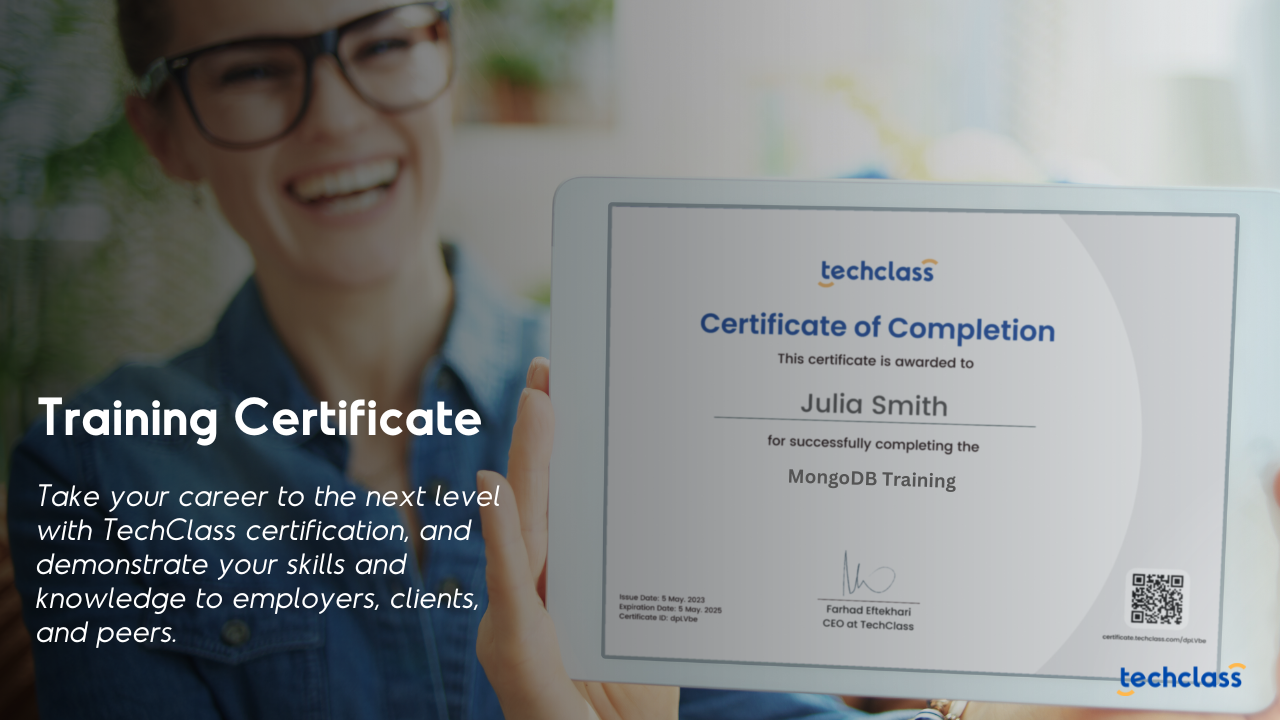
Training Certificate
Upon completing this training path, you will receive a certification from TechClass that recognizes your expertise and knowledge in your field. With this certification, you can demonstrate your skills and knowledge to employers, clients, and peers, and take your career to the next level.

